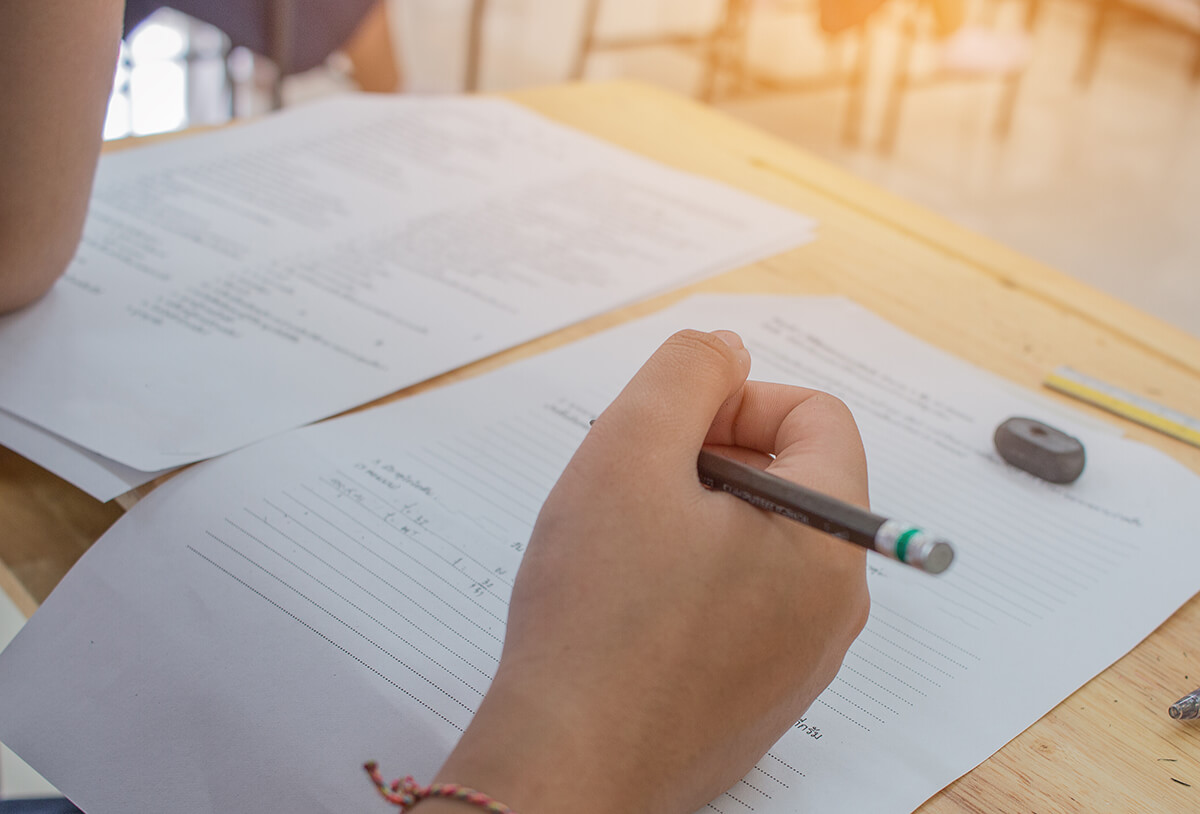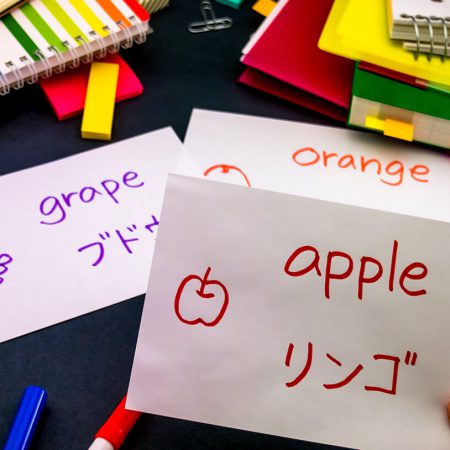What to Expect When You Take the JLPT N2

We already know that passing the Japanese Language Proficiency Test (JLPT) is an essential requirement for anyone, like myself, seeking employment in Japan. Of course, some opportunities are lenient with such certification, since the country is globalizing. Still, these jobs are limited, and employers would prefer someone fluent.
Most Japanese companies consider foreigners with at least N2 proficiency. This is business level Japanese, so I needed to pass the N2 test to prove I can get around a Japanese company easily. If you’re taking steps toward your dream to work in Japan, start hitting the books to get ready for the N2 JLPT!
Table of contents
JLPT Guide: Preparing for N2 Level

Utilizing JLPT-specific resources is the best way to prepare for the exam. After all, this is a standardized test to measure Japanese language knowledge, as well as the reading and listening comprehension of non-native Japanese speakers. It’s only right to review with materials that meet these standards.
I’ve taken and passed the previous levels of JLPT before. The exams had patterns, so I had an idea of what the N2 might have thrown at me. Let’s lay out all these patterns on the table so we know what to expect when the actual exam comes around! Here are my methods to get accustomed to these patterns as much as possible:
Grammar, Vocabulary, Kanji

In the first part of the reading section, there’s bound to be multiple choice type questions about appropriate particles or elements of speech, vocabulary word synonyms, and correct kanji pronunciation. The main difference between the N2 and previous levels was the amount I needed to know on top of my existing knowledge.
My main source of grammar and vocabulary practice was the Internet. I went through online listings of the grammar structures and vocabulary words that were supposedly appropriate for the N2 level. There was no easy way around this because I really had to get accustomed to those lessons.
I discovered that I remembered grammar rules and vocabulary words much better when I applied them in real contexts. I was friends with some native Japanese speakers in the company I worked for at the time, so I tried incorporating those new styles of speech when talking with them. I often caught them off guard when I used higher language in a casual setting. I just mentioned that I was studying for the JLPT, and they understood.
When it came to kanji, I used to go the extra mile with my study methods. I really resolved to memorize how to write every single one I came across because knowing each stroke helped me remember them. But then the N3 came along, and I instantly knew I had no capacity to memorize 650 kanji.
Although I passed, the next level called for a thousand kanji. Plus, N1 needed double that number. I thought it was over for me! However, my native Japanese friends convinced me that knowing how to write over a thousand kanji is kind of unnecessary now. The digital age really made things easier. I compromised and decided to practice just enough to recognize these kanji.
Reading Comprehension

For the reading section of the JLPT, unless you’re jumping to the N2 level for your first take, you already know that there are sentence-arranging types of questions. A sentence or passage will be split into parts, and you must decide the best order. There also are items that ask specific questions about content in diagrams, flyers, or even entire paragraphs of informational situations. This will really test speed reading and comprehension.
When I took the previous tests, I only read as much as I could to understand the basic skeleton of these situations. The N2 was a bit more complicated, of course. I’m sensitive to time pressure, so I’ve learned to focus on the gist of whatever situation is presented in a test item. I practiced speed reading Japanese news articles on sites like NHK for School and Yahoo! Japan Kids. But, if you have the means, I’ve heard from friends who’ve also passed the N2 test that a lot of the reading styles and even kanji from the New Kanzen Master JLPT N2 books showed up on their exam.
Another strategy of mine was reading magazines or other materials related to the industry I was trying to get into. I intended to utilize my business degree in Japan, so I looked at the business section of Japanese news. The language can be very advanced for my level, but it kept me on top of everything about business in Japan. That way, I got to study for a test while I got updated on the sector I was training to become a part of.
Listening Comprehension

The listening section of the JLPT was my favorite part to study for. Based on my previous JLPT exam results, I had a lot to work on with my listening comprehension. That was my excuse to keep watching Japanese drama shows. I had to surround myself with the Japanese language as best as I could have since I lived in a city where it was never used on the regular. Watching drama series was the closest I had to hearing what actual Japanese sounded like, plus I enjoyed them. It was like getting more than I bargained for!
I think it’s crucial to keep a balance between passion for the Japanese language and strictly studying its rules and structures. So, I practiced with actual JLPT audio samples. There were a bunch of them on the official JLPT website. Those clips were the closest samples to the actual test that I had access to. The audio questions were pretty much the standard situational types. After a situation was presented, the clip asked a question, and then potential answers were played. I had to pick the best one.
I stuck to my tried-and-tested study method for this section. I listened through an audio clip to check if I understood it entirely. I tried to avoid pausing the clips as much as possible. Whenever I got stumped on an unfamiliar word, I thought of “word” as a placeholder for that part of the sentence. Then I decided what the audio clip really was describing. In real life, I wouldn’t be able to pause and go back when I speak with a Japanese colleague. So, I think this is a great strategy to practice listening comprehension.
Conclusion
JLPT-specific resources are really the best study material. Any book that has N2 printed on the cover will surely have the appropriate lessons that the JLPT will cover. It will only include most, if not all, the grammar points, vocabulary words, and kanji. Same with the audio samples available online. These reading and listening materials can’t exactly give away the test! We have to keep exercising our Japanese as often as we can.
Above everything else, allow passion to motivate your studies. Studying all day every week can get repetitive. You need time to unwind! Go back to the moment you decided to learn an entirely new language. Personally, once I revisit old anime theme songs from my childhood, I realize how far I’ve come with my current level. This reignites my passion for continuously learning the language I fell in love with. Once you go back to your roots, you can develop your own study method to pass the N2 exam too!
Motto Japan, the community platform to support foreigners with the foundation for life in Japan, including Japanese study, job opportunities, and housing service. Motto Japan Media will provide a wide variety of information for Japanese fans all over the world, to create a cross-cultural environment and enrich the life of foreign residents in Japan!













Leave a Reply